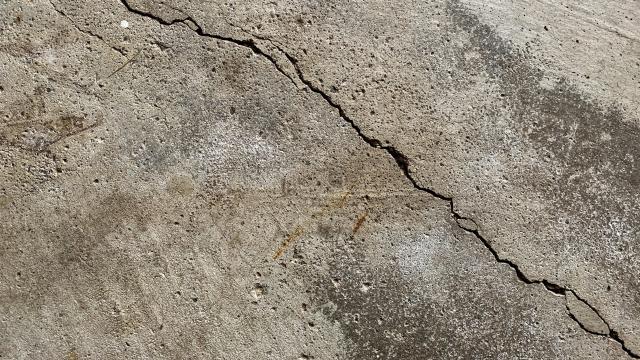Foundation cracks can be the stuff of nightmares for homeowners. They conjure visions of excessive repair bills or worse–turning a once-functional structure into a teardown. But not all foundations are equal, and not all foundation cracks are either. There are some cracks that aren’t such a big deal, and some that can be repaired pretty simply. However, ones that threaten the structural integrity of your home can be dangerous and expensive to fix. Here’s how to recognise the difference so you know when to call in a pro.
Major foundation types and warning signs
The three major foundation types are basement, crawl-space, and concrete slab. These all will have different characteristics but all three will have the same warning signs outside of a visible crack if you have a problem. Look for doors and doorframes that are out of alignment when they used to be square and aligned, a shift in the slope of the floor, or dampness in a basement or crawlspace, or emanating from the floor. All of these are signs that you have a foundation problem that needs to be addressed.
How to tell if a crack in a concrete slab is major or minor
On a concrete slab, cracks can emerge that don’t pose a threat. These are generally small, no more than an eighth of an inch, don’t allow moisture through, and remain in the same position, with the crack neither growing, or moving up or down on either side. These can be the result of flaws in the curing process of the concrete and they don’t generally require maintenance. If you’re not sure, there’s no harm in getting it checked out by a pro since an inspection is much cheaper than a foundation leak left unattended.
Problem cracks can appear damp, will present some type of movement, either widening or elevating or lowering along one side, or will be wider than an eighth inch. If any of these characteristics are present, you should get a foundation expert to inspect your slab as soon as possible. Some slab problems can be fixed, but you won’t want to wait too long for things to deteriorate further before getting it repaired.
Warning signs of concrete foundation cracks
On a foundation wall, the material the wall of the foundation is made from matters when assessing the severity of the crack. For concrete wall foundations, many of the same rules apply as for slabs. Small cracks that show no sign of moisture or movement, especially ones that only appear to be above the soil line can be defects from when the concrete was poured. Larger cracks that are diagonal, travelling from corner to corner of the wall, vertical cracks that appear below the soil line, or any cracks that allow water through, present movement, bending, or are larger than an eight inch need to be addressed by a foundation expert.
Warning signs of cracks in block or brick and mortar foundations
For foundation walls that are made from brick or concrete blocks, a crack in the mortar tends not to be as big of a problem as cracks that travel through the block or bricks themselves, as the mortar is the weakest part of the construction and will often wear first. Also, mortar can be repaired. However, if the bricks or blocks are separating, moving inwards or outwards, or present chipping or dampness, you might have a more serious problem. Have a professional assess the issue to avoid further problems.

Leave a Reply
You must be logged in to post a comment.